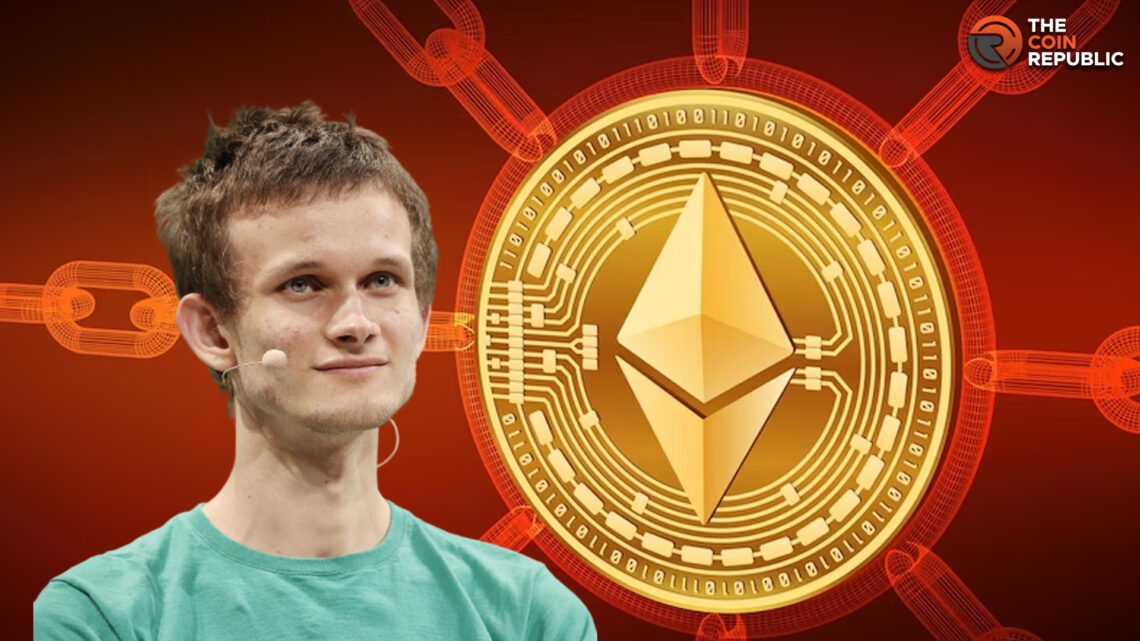- 1 In a recent blog, Vitallik Buterin explains the effects of overloading Ethereum’s Consensus.
- 2 Using Consensus for other things than designed could have consequences.
Vitalik Buterin, co-founder of Ethereum, in a lengthy blog post on May 21, warned against overloading the Ethereum Consensus mechanism. If stretched beyond its core function of validating blocks and securing the network, it could pose a systemic risk to the Ethereum ecosystem.
Don't overload Ethereum's consensus:https://t.co/07tzyCrZcJ
— vitalik.eth (@VitalikButerin) May 21, 2023
Don’t Overload Ethereum’s Consensus – Vitalik Buterin
Ethereum’s Consensus is a mechanism for validation blocks by the Proo-of-Stake (PoS) system implemented after the hard fork of the blockchain, “The Merge,” in September 2022. Vitalik argued that using the consensus mechanism for other thighs could be problematic. Also, such activities shall be discouraged and resisted by the community.
Vitalik Buterin was promoting the preservation of minimalism in the blockchain.
Referring to a plethora of proposals and ideas floating regarding the usage of Ethereum’s social Consensus for multiple purposes. It could be used as a price and data oracle, facilitating re-staking initiatives and using the soft forks of layer 1 to recover layer two projects if they are facing specific issues.
Buterin cited the natural urge to expand the blockchain’s core for extended functionality. He argued that given the Ethereum blockchain has a significant economic weightage, it is obvious to think this way. But each such iteration where the blockchain is altered makes the core fragile.
He also argued that such aspects could pose a grave risk to the ecosystem and could open it for bugs, hackers, and a potential 51% attack. For instance, if a group decides to create an oracle for ETH/USD pair, holders and validators could be bribed to vote in favor of the ongoing narrative.
Acknowledging the need for better oracles, Vitalik proposed a case-by-case approach because each problem is inherently different. In the blog, he said that if the Consensus is stretched beyond its limit, it will increase cost, complexity, and risk for a running validator.
He argued in a blog that application-layer projects “taking actions that risk increasing the ‘scope’ of blockchain consensus to anything other than verifying the cire Ethereum protocol rules” must be treated with caution. Also, preserving the blockchain’s minimalism should be maintained at all costs.
However, supporting re-staking does not look problematic, as it might extend the Ethereum consensus’s role and help developers look for alternative strategies for achieving security goals.
The Ethereum consensus mechanism went through a hard fork while switching to PoS with Merge. Also, the recent release of Ethereum Shapella Upgrade on April 12, 2023, intensifies the increased roles of validators and possible security risks to the world’s largest network for smart contracts.
More From Buterin’s Blog
Vitalik said that the social Consensus of blockchain is fragile. With upgrades come bugs, and a 51% attack is always possible. Moreover, with such issues visible in the side view mirror, such chain spits should be dealt with maturity.
Many times such ideas are implemented without proper thought to their broader implications. As a result, they need to be more aligned with the community goals and pose more risks than advantages.
Using a blockchain’s Consensus for something its core is not designed to handle will pose some problems in the future. Hence a system should be thought of where development does not get hampered and the minimalism of the Consensus is maintained.

Nancy J. Allen is a crypto enthusiast, with a major in macroeconomics and minor in business statistics. She believes that cryptocurrencies inspire people to be their own banks, and step aside from traditional monetary exchange systems. She is also intrigued by blockchain technology and its functioning. She frequently researches, and posts content on the top altcoins, their theoretical working principles and technical price predictions.


 Home
Home News
News






